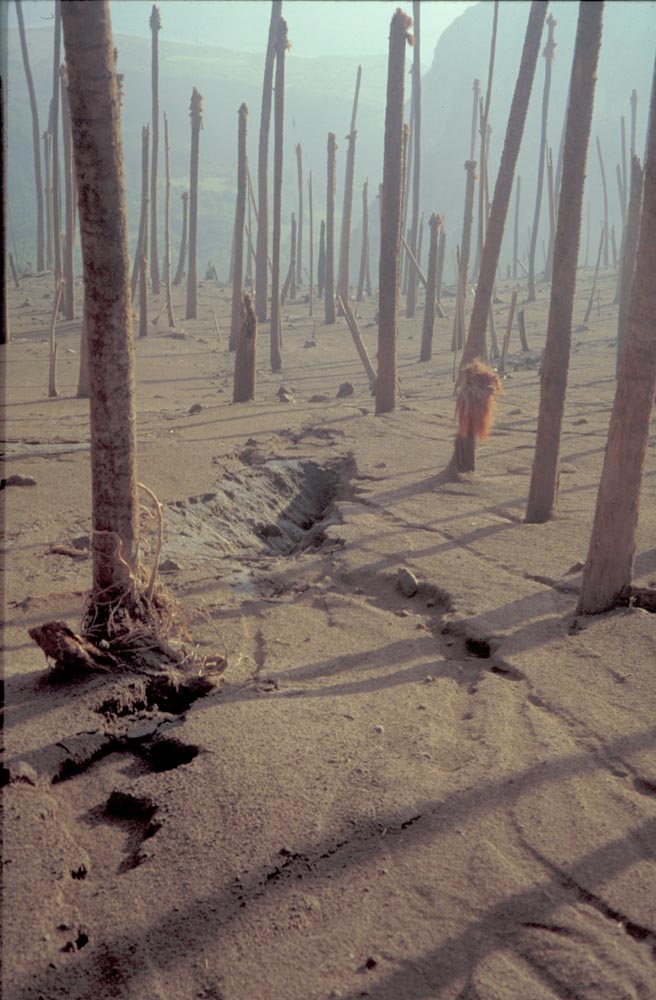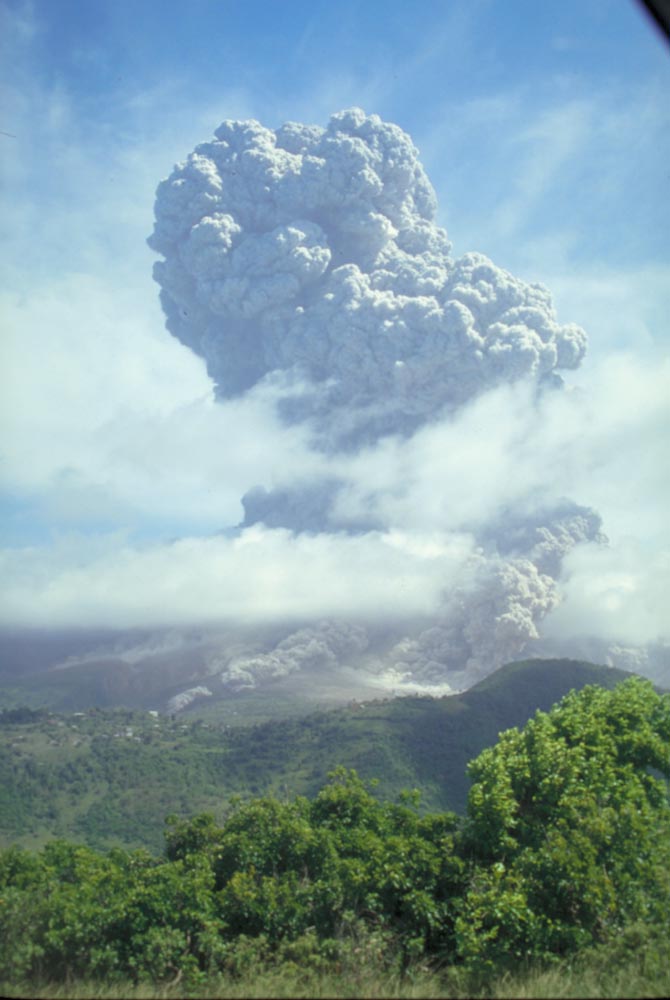Project plan
The tasks below have been identified as the next steps in achieving the aims of VOGRIPA.
Task 1. Global hazards databases
This task involves the production of a global database for each major volcanic hazard and analysis of the data to assess global risk from specific hazards. Hazards include pyroclastic flows, tephra fall, lahars (volcanic mudflows), debris avalanches (volcanic landslides), ballistics, lava flows and emission hazards (dusts and gases). A database of volcanic edifices is also planned. This is an ambitious objective and it will not be achieved without extensive collaboration with colleagues in the worldwide volcanological community. Work is almost complete on a database of hazards associated with lava domes through work by our partners at the State University of New York at Buffalo and the British Geological Survey with the initial support of Lee Siebert of the Smithsonian Institution. VOGRIPA has also been donated data on debris avalanches, including morphological data on the associated sector collapse structures, which was collated by Anja Dufresne during her time at the University of Canterbury, New Zealand also in co-operation with Lee Siebert.
Task 2. Vulnerability database and indices
In order to assess risk it is necessary to assess vulnerability because risk is the product of hazard and vulnerability, along with exposure. Until recently, there had been little work on vulnerability within volcanology, with risk largely focussing around loss of life. The first task will be to research whether simple and robust measures of vulnerability can be developed and what kinds of measures would be easily applied to produce a global database of vulnerability. These would likely include elements in addition to potential loss of life, for example in relation to economic losses. Collaboration with partners and associates with expertise in social sciences and economics will be needed and discussions have begun with the Global Earthquake Model.
Task 3. Methodological development
There are a variety of techniques that can be applied to the quantitative assessment of hazard and risk. As part of VOGRIPA, innovative methods will be developed for hazard and risk assessments and we encourage those interested in joining us in this endeavour. Some of these methods will be based on statistical models and the use of ensemble modelling with Monte Carlo techniques to assess hazard and risk in probabilistic terms. The application of Bayesian Belief Networks (BBN) for volcanic risk assessment will also be used. Determining uncertainty is also a key aspect of this work. These methods will be tested in real world situations (with in-country partners), such as the on-going eruption of the Soufriere Hills Volcano, Montserrat and in the Afar region of Ethiopia. The University of South Florida is already involved providing statistical expertise in analysis of magnitude-frequency and the influence of under-recording of eruptions. The need to develop methods to communicate the findings of sophisticated hazards and risk is appreciated and, again, collaboration with partners or associates with expertise in the social sciences, psychology and communication is anticipated.


